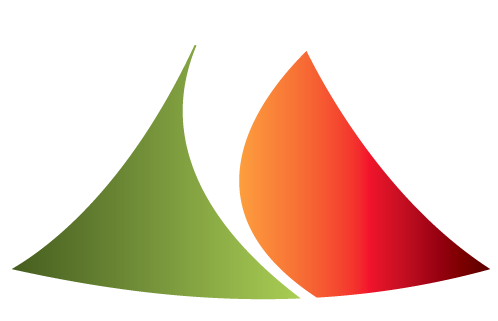ClerVolc research is organized around seven thematic programs:
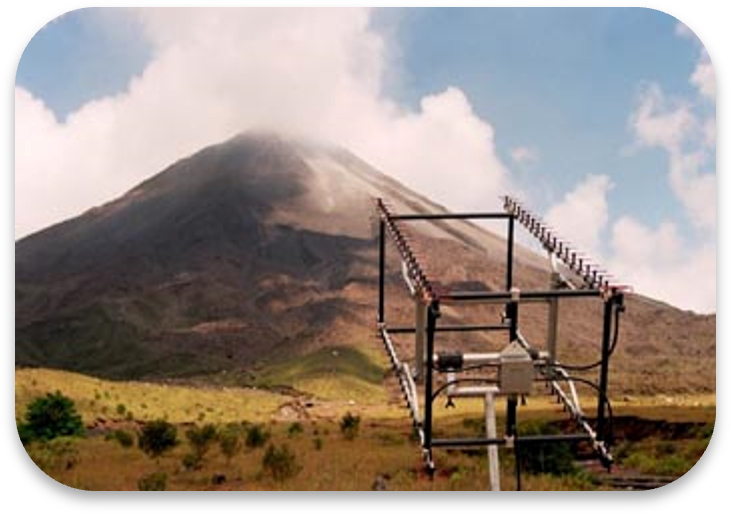
1 – Detection and characterization of volcanic plumes and ash clouds
We build on our previously existing capabilities in ground-based remote sensing, satellite remote sensing and aircraft-based instruments to make quantitative measurements of volcanic plumes and ash clouds. Coupling these measurements to ultra-fine characterisation of volcanic products (lava, pumice and ash), we derive ways of quantifying eruption physical and chemical source parameters. We also carry out measurements and modelling of the nucleation and growth of aerosols in volcanic plumes. The development of probabilistic models of particle fallout from volcanic plumes allows integration of the results into hazard maps.
2 – Internal structure and stability of volcanic edifices
To understand the structure and assess the stability of volcanic edifices, we carry out measurement and modelling of volcano physical parameters prior to, during, and following eruptions. This allows us to quantify the processes of magma intrusion within volcanoes and its relationship to eruption and flank instabilities, and to better characterize eruption precursor signals at volcanoes in states of unrest. We rely on a wide range of geophysical and physical imaging methods, through in-situ drone and satellite observations. New mathematical techniques of modelling and inverting volcanic deformation are generated. The development of new particle detectors has allowed us to enter the growing field of volcano radiography using cosmogenic muons.


3 – Volatile elements: the driving force behind volcanic activity
We study the behavior of volatile elements (H2O, CO2, S, noble gases and halogens) in magmatic systems, from their mantle source to the surface, including their role in eruptions. We use a range of cutting-edge analytical techniques to determine the volatile content and composition (including isotopic studies) in magmas, crystal-hosted melt inclusions and solid inclusions in diamonds. We investigate experimentally the effects of H2O and CO2 on the melting behavior at different oxygen fugacity, which controls the volatile speciation. We reconstruct the magma histories using thermodynamical modelling and aim to develop budgets for the internal cycle of volatile elements.
4 – The evolution of magmatic and hydrothermal plumbing systems: mechanisms and timescales
We document the space-time evolution of the plumbing systems in volcanic edifices, through the acquisition of high-resolution time series of field, petrological, geochemical and geochronological data using e.g. mineral diffusion and short-lived radionuclides. These apply to magmas and hydrothermal systems. Measurements on the field are coupled with experimental determination of chemical and physical parameters essential for the data interpretation and for the monitoring of volcanic unrest.
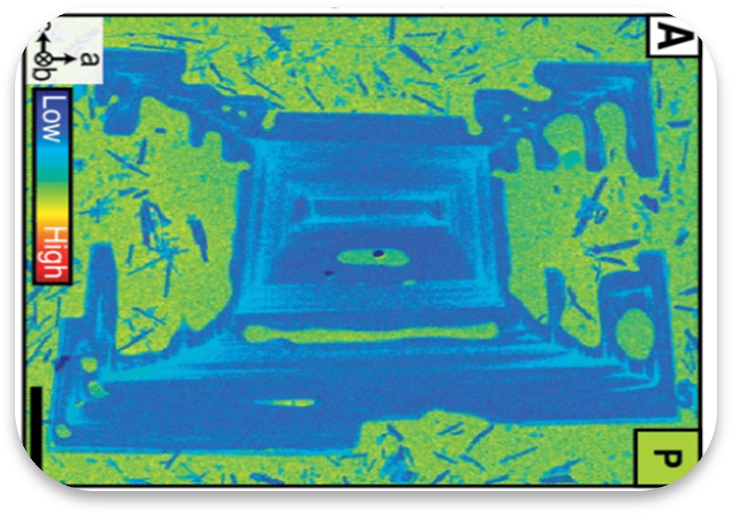
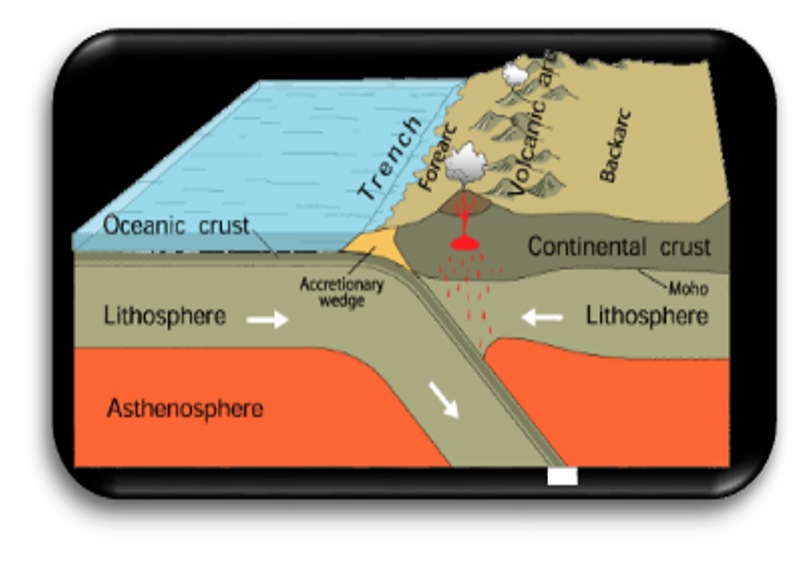
5 – Mantle control of magma sources
We characterize the deep processes controlling magma generation, and the long-term behavior of volcanoes, through geochemical observations and laboratory experiments. Notably, we focus on the nature, fluxes and timescales of magma transfer beneath island-arc volcanoes, deep-versus-shallow origins of hotspot magmatism, global recycling of fusible material, and the elements that facilitate melting, geothermal gradients and partial melting processes in the deep mantle.
6 – Volcanic mass flows and lava flows: genesis and impacts
We study the dynamics of pyroclastic flows, lahars, debris avalanches and lava flows, using field, experimental and numerical approaches.The development of a new mathematical model for pyroclastic flows has been a particular focus of the programme. A major challenge is the collection of high-quality field measurements with which to validate existing in-house mathematical models of such flows, and we have developed new monitoring systems to this end.
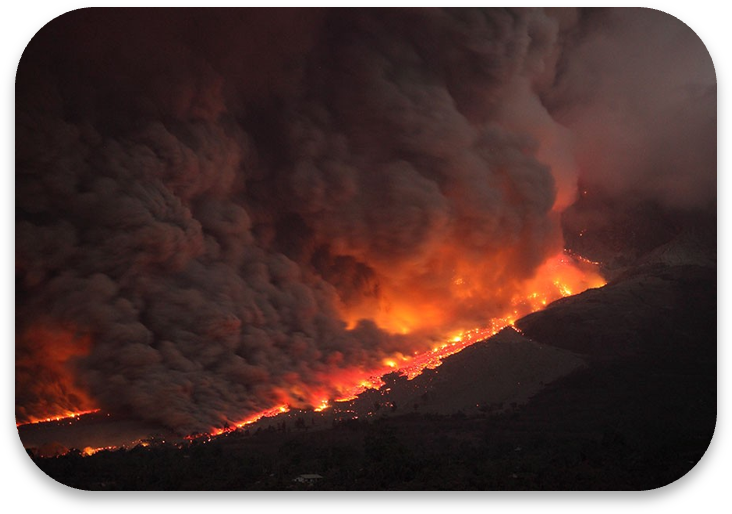
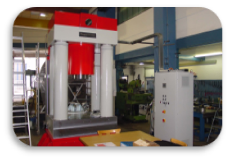
7 – Origin of Volcanoes and of the Earth
We study melt production in the deep mantle using ultra-high-pressure, high-temperature experimentation, and relate the results to seismic tomography imagery. We also carry out research on the formation and early evolution of the Earth, with a focus on the origin of volcanoes and magmas. The approaches include high-pressure experimentation, numerical modelling, and petrological and geochemical studies of old continental terrains, lunar samples and meteorites as analogues of the ancient Earth, in order to understand the conditions that led to the appearance of volcanismanism.
